Blind Squirrel
Growing up I would summon the courage to play basketball against my dad. Despite being three inches taller, I had no chance. He was a McDonald’s All-American in high school, could dunk, and didn’t miss a free throw unless I was shaking the basket. Every now and then I would go on a run, get ahead and immediately start the trash talk. His reply was simple, “Even a blind squirrel finds an acorn every once in a while.” I never did beat him, and I would still be losing sleep over it except that a month ago this blind squirrel stumbled upon a club that, up until this point, is a find of a lifetime for me – an unmarked mashie. I didn’t even know what I had in my possession!
The Blank Unmarked Mashie
There is one shop in Amarillo which consistently has a few hickories amongst other vintage treasures. On one occasion I came across a smooth faced iron with no visible markings, and I told myself if it is still there when I come back I will buy it.
A week went by and I made my trip to the shop. I couldn’t believe that it was still there! It was rusted over, shaft was unusable, and there was no grip. It was the perfect club for me because all of those negatives allow the club to be at a point that I can afford it.
I quickly grab it and speed home to begin the work of identifying what this could be and possibly date it. Even after removing the rust, there were no visible cleek marks (makers mark). The iron head is completely blank.
Features
Initially my thought was this was an iron head manufactured by one of the major players in the 1920s, and sent to a club pro to shaft and finish the club for a member. The design of the head was leading me to a date of the 20s, because it looked similar to others made in that era. However, I couldn’t get past the smooth face.
Irons were originally made with smooth faces, grooves and other markings came into the picture in the early 1900s (1905-1910). Needless to say I was very confused, so I continued the search for what this could be.
I started going through the books I own, trying to find any sort of identification match, and finally came to a point where I needed to ask someone.
Reference
The author of one of the books is also a member of the Society of Hickory Golfers, and I was able to find his contact through the SoHG member site. I sent him a quick email with some pictures and eagerly awaited his reply.
To my surprise, this club is not even close to my initial assessment. It was most likely produced between 1895-1905, when smooth faces faded to memories as grooves and dot punch faces came into the picture.
Remember how the design was confusing my original timeline? Well, clubmakers were constantly trying to add weight, and at the time the easiest place to add was in the sole.
As for the cleek mark, the most likely scenario is that it was rubbed smooth over time. I have heard, on multiple occasions, that the cloth used by caddies to clean clubs would rub out shallow markings.
From Smooth to Aluminum
This smooth-faced unmarked mashie is definitely the most unique club in my collection. I may never find out anything more about it, but it doesn’t make it worthless. It introduced me to new people, and allowed me to learn even more about antique golf clubs and the process of their evolution.
Now, its time to put in a new shaft and grip, and take it out to the Thompson Range for a test drive.
Around the same time this iron was produced, there was a gentleman in the United Kingdom experimenting with aluminum. Join me next time as I explore my The New Mills “Ray” Model mallet putters, made between 1905-1915.

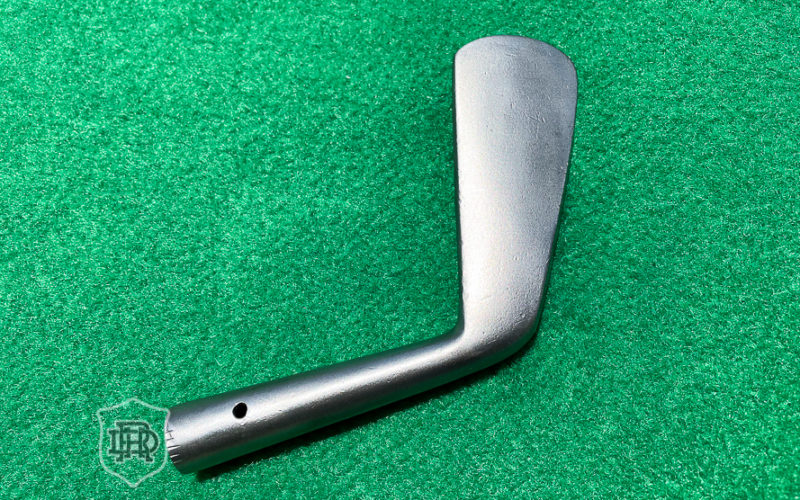
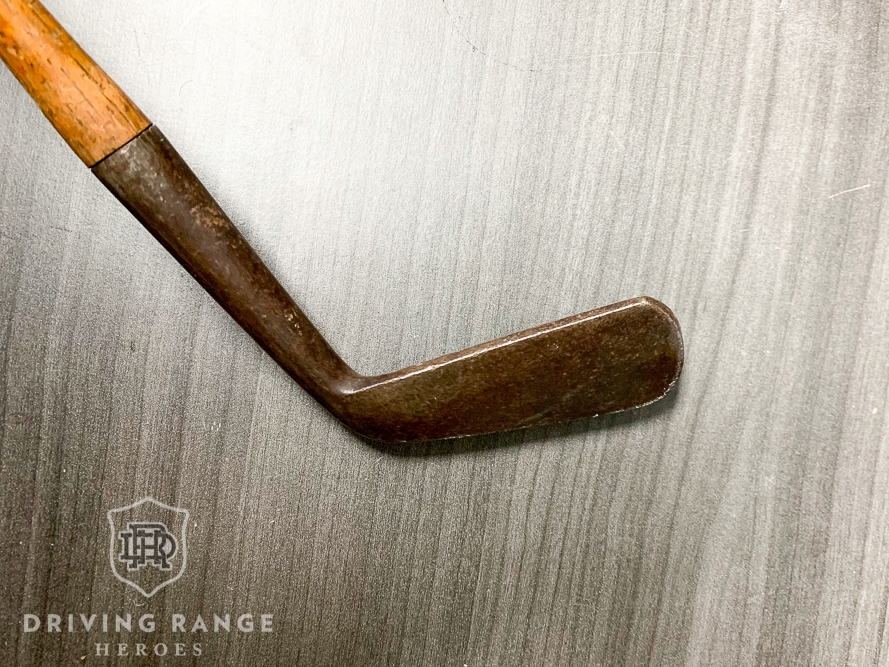
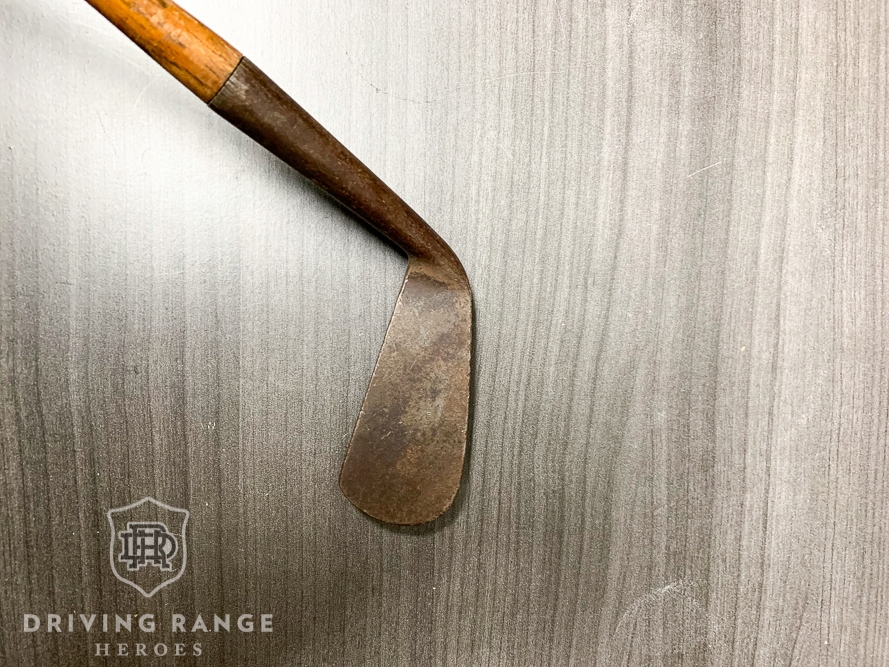
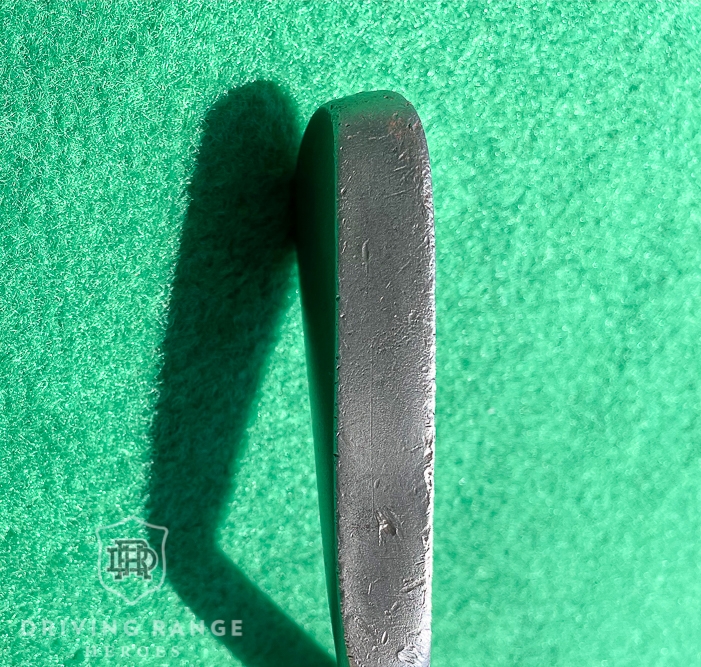
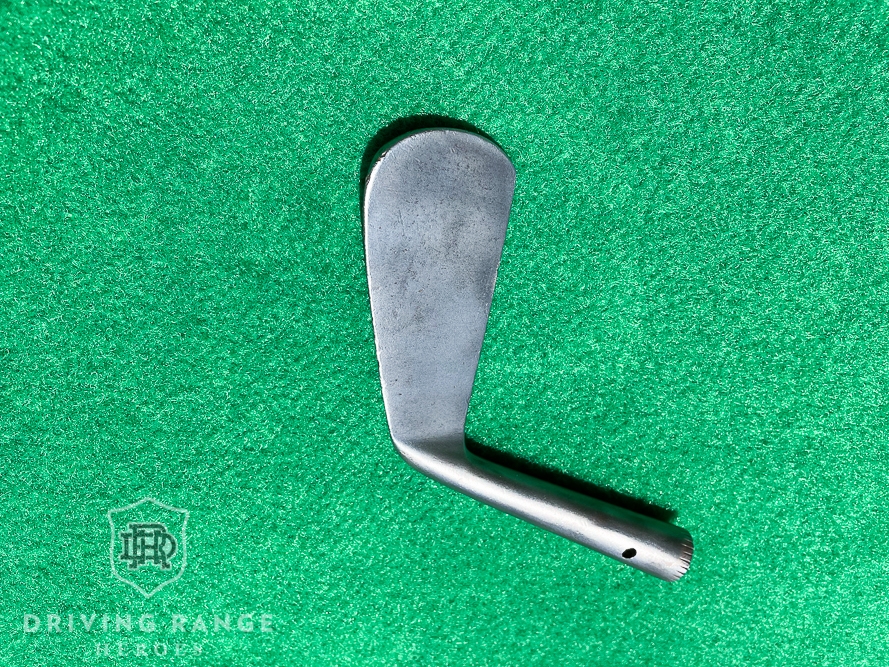
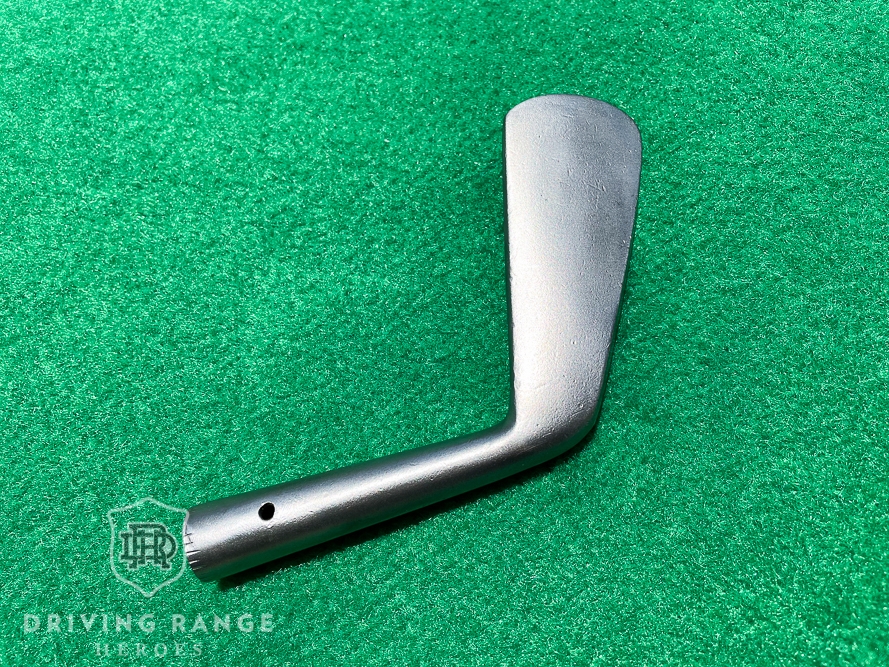
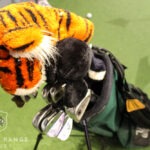
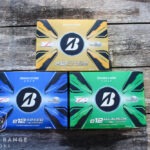

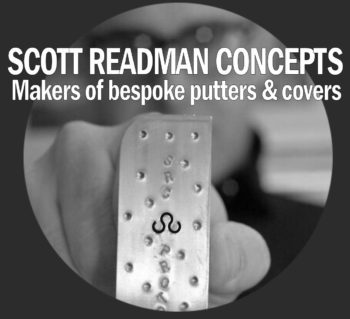











That was very interesting and very well written!